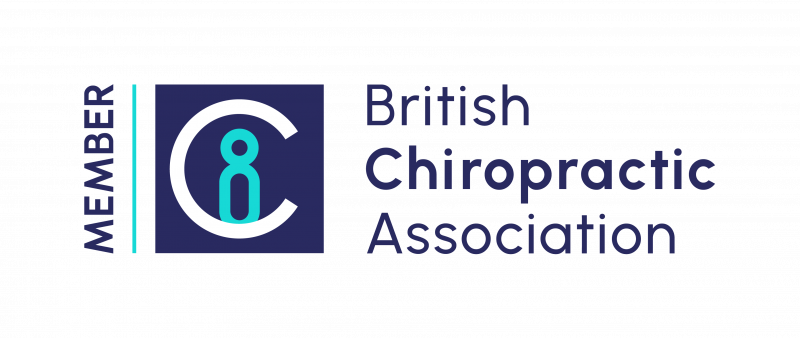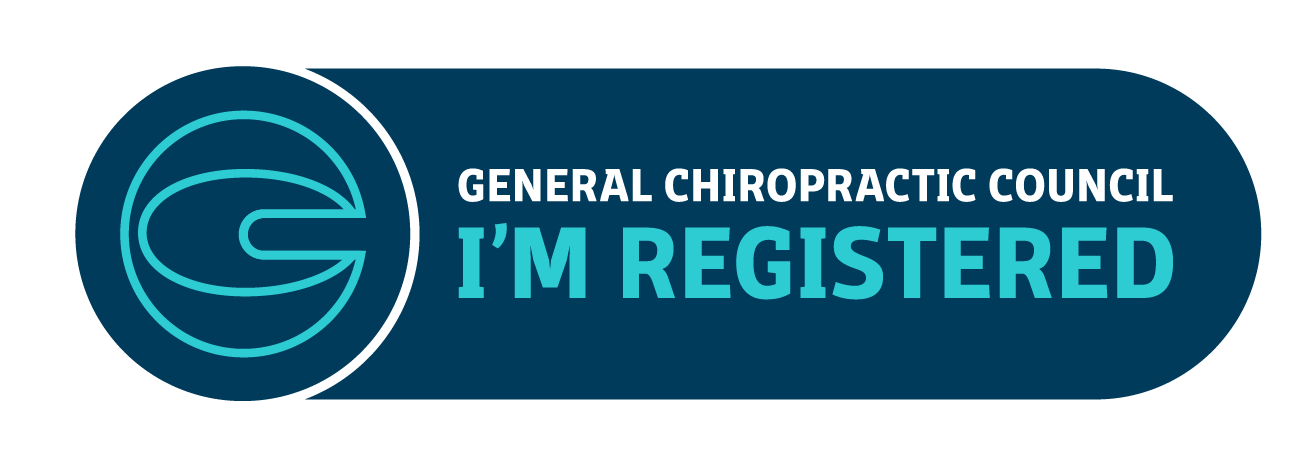Conditions we can treat and manage
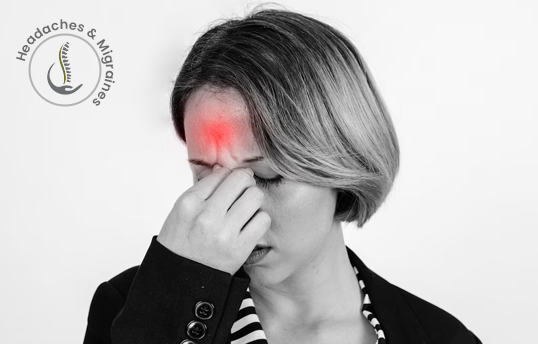
Headaches & Migraines
Headaches are a very common cause of pain and can have a significant impact on a persons’ ability to complete day-to-day tasks, work and life in general. There are many different types of headache, all of which vary in their presentation, frequency and intensity. When you see a Chiropractor for a headache they will use a thorough history and physical examination to determine the type of headache you are suffering from, and whether or not it is something that Chiropractic treatment can help with.
Chiropractic treatment is beneficial when a headache is caused by or related to, dysfunction and pain radiating from joints and muscles of the neck and jaw. This is often associated with feeling tense and stressed. Additionally, Chiropractic treatment can be used for migraine prevention.
Treatment of headaches and migraines often involves soft tissue release, joint mobilisations and manipulations around the neck, shoulders and jaw. Additional advice will likely be given including prescribed exercises and lifestyle recommendations.
Neck pain
Neck pain, neck stiffness and general tension are all very common. Symptoms can vary from feeling tight and limited in range of motion, to experiencing pain radiating up the neck, in the surrounding muscles, and even experiencing nerve pains from the neck into the shoulder or arm. Neck pain is also often associated with shoulder injuries and/or headaches.
Initially it is important to identify the cause of your neck pain. The types of neck pain we see commonly in practice are:
• Facet joint pain (irritation and stiffness of the small joints in your neck)
• Cervical Myofascial pain (pain and tension affecting the muscles around your neck)
• Cervical Disc pain / Disc herniations
• Cervical Spondylosis (pain and stiffness resulting from degeneration or aging on the spine)
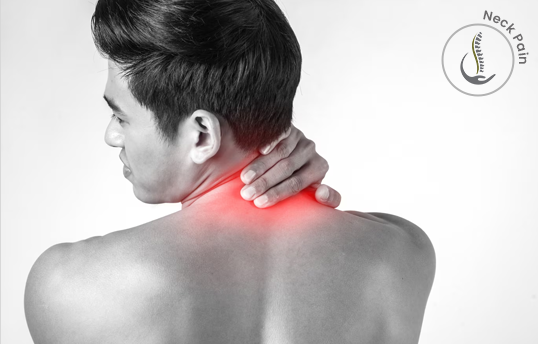
Neck pain can affect anybody. It is often experienced without an obvious cause and many patients will report simply waking up with a stiff or achy neck. However, you may be more prone to experiencing neck pain if you have a manual job or engage in physical sports such as rugby. Equally you may be more at risk if you have a particularly static job in which you hold one posture for a prolonged period, such as desk work. Neck pain and tension is often related to or exacerbated by stress.
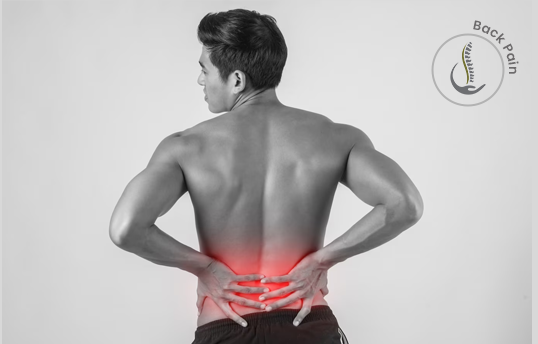
Back Pain
Around 80%, or 4 out of 5 adults will experience back pain at some point in their lives. This experience can vary significantly from person to person. Some back pain can be acute meaning that it has come on quickly , and some can be Chronic, meaning that is has lasted for a minimum of 3 months. Some back pain can be localised, and some types of back pain feel more generalised. Pain can radiate from the back into the hips, buttocks and legs and may be associated with Sciatica (see below).
Low back pain can be debilitating because it impacts everything from how well you sleep to how well you are able to walk and move.
When we see patients with low back pain, it is important that we take time to identify the cause of your pain. There are many known causes of low back pain.
The common types of low back pain that we see in practice are:
• Facet joint sprain/pain (the small joints between your vertebrae)
• Myofascial pain (effecting the muscle and soft tissues around your back)
• Disc injury or Disc pain (Such as a disc bulge or Disc degeneration)
• Sacroiliac Joint pain/ Dysfunction (Pain or stiffness of the Larger pelvic joints at the base of your lower back)
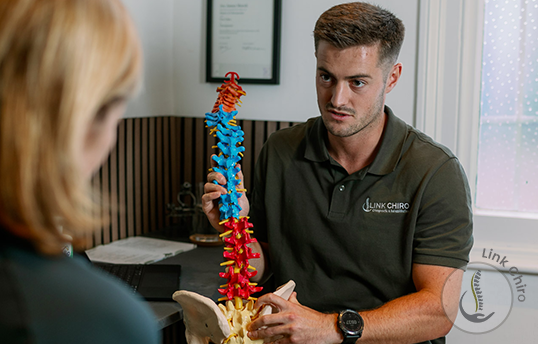
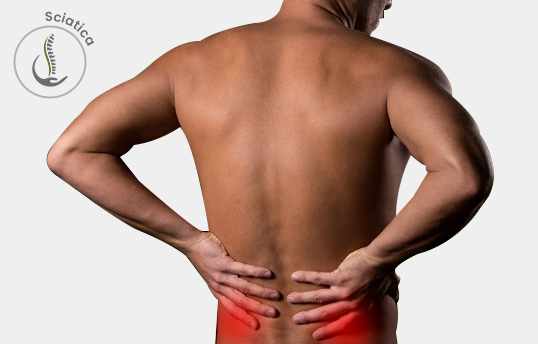
Sciatica
Sciatica is technically more of a symptom than a diagnosis. This is because Sciatica can have many different causes. Any condition or injury which compresses or irritates a nerve root in your lower back and pelvis will cause sciatica. Sciatica can also be termed Lumbar radicular pain meaning nerve pain from the lower back.
Sciaticais nerve pain, and is typically felt as any of the following; pain, burning, shooting, numbness, tingling, pins and needles or weakness. In the vast majority of cases, sciatica will effect one side only.
Some of the causes of sciatica include:
• Disc herniation/Bulge/Protrusion (disc injuries can compress or encroach on nerves in the lower back, also incorrectly termed a ‘slipped disc’)
• Stenosis&Lumbar degenerative disc disease (ageing and degeneration of joints in the lower back causing narrowing around the nerves)
• Piriformis Syndrome (Tightness or tension of the Piriformis muscle in your buttock is theorised to compress or irritate the sciatic nerve which passes it)
• Deep Gluteal pain syndrome
Depending on the cause of your sciatic pain, treatment will vary but usually consists of hands-on treatment such as manipulation, massage and joint mobilisation. Specific exercises or stretches and advice may also be of benefit.
Shoulder pain
Shoulder is pain is very common. Around 70% of people will experience it at some stage. Shoulder pain is often felt doing specific movements and can have a significant impact on your ability to do day-to-day tasks, work and perform in sport or exercise. The most common cause of shoulder pain is rotator cuff injury or irritation.
The Rotator cuff is a group of four small muscles deep within the shoulder. They come at all angles from the shoulder blade (scapula) onto the top of the arm deep within the shoulder joint (Humerus). Their role is to provide stability and assist in controlled specific movement.
These are prone to injury through overuse or repetitive movement causing rotator cuff Tendonopathy.
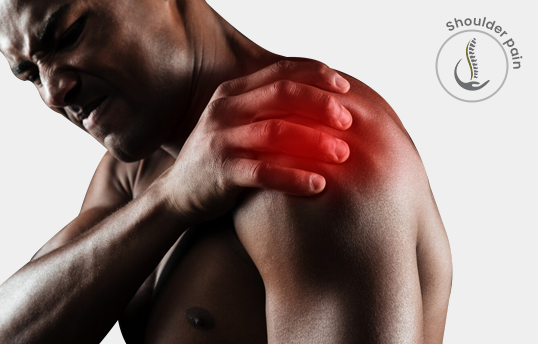
This is inflammation, tearing or wear on tendons and is often felt as shoulder pain which is worse on raising the arm in specific directions. Common cases for this type of pain include sports requiring a lot of repetitive shoulder use such as swimming and cricket, or Jobs such as painting, decorating and other trade work.
Similarly, more acute or sudden onset rotator cuff pain can occur through impact and falls. This may result in rotator cuff tendon tears.
Shoulder pain may also be caused by muscle restriction resulting in tension, pain referral and reduction in mobility. In some cases shoulder pain may be aggravated Typically shoulder pain is managed with a combination of rehab-exercises and hands on treatment such as massage, joint mobilisation and dry needling.

Sports Injuries
There are a vast number of different types sports injuries. These could vary from an ankle sprain to a shoulder strain. Different sports are generally more prone to different injuries. For example, acute ankle sprains are common in football, and repetitive injuries such as shin splits and achilles tendon pain are more common in runners.
No matter the sport and the area affected, it is important that we work out the type of injury and the severity. Sports injury treatment varies depending on the type of injury, severity and the person. Creating a management plan to get you back to your sport as quickly and as safely as possible. This may include hands-on treatment sessions, rehab exercises, lifestyle advice and following sport-specific and injury-specific ‘return to play’ protocols
Osteoarthritis and Joint pain
We often see patients who present with joint pain - whether it’s the shoulder, elbow, wrist, hip, knee, ankle or foot. Initially, it is important that we work out the cause of the pain and are confident that it is something that Chiropractic treatment can help with. It is likely that a course of treatment consisting of advice/lifestyle changes, exercises and manual therapy will be recommended.
Chiropractic treatment can help patients suffering from hip and knee osteoarthritis. Osteoarthritis literally means Bone-Joint inflammation (Osteo-Bone, Arthritis-Joint inflammation) and describes loss of joint space, degeneration of joints and subsequent inflammation. This causes pain, stiffness and swelling. Osteoarthritis results in local muscle pain and tension. When in the hip and knee, it will limit your ability to walk and bare weight. Chiropractic treatment can help to manage the symptoms of Osteoarthritis.
Unfortunately, the root cause of Osteoarthritis; the wear and aging within the joint cannot be reversed with Chiropractic treatment. In this case, the goal of treatment becomesmanaging the symptoms and providing relief.



